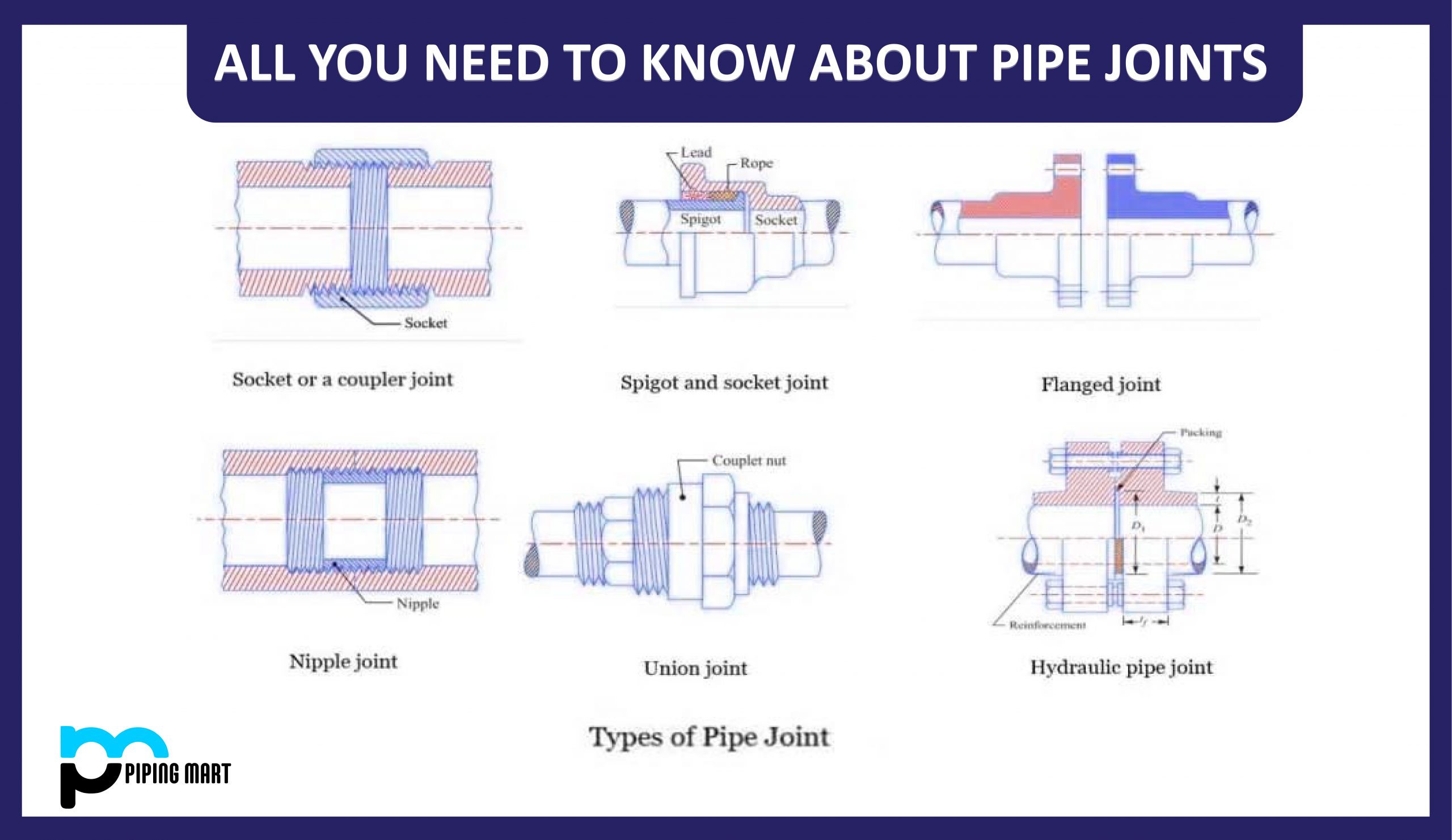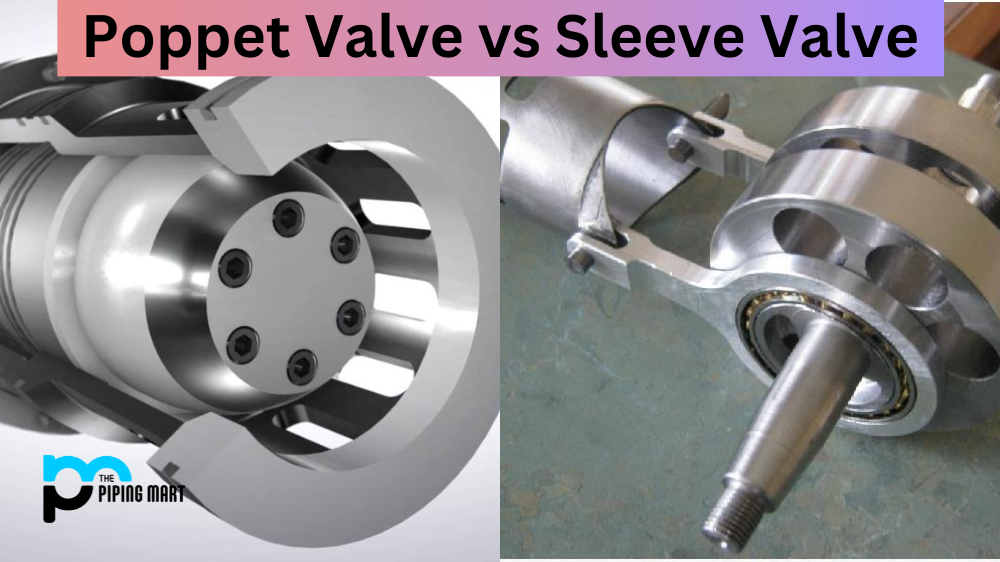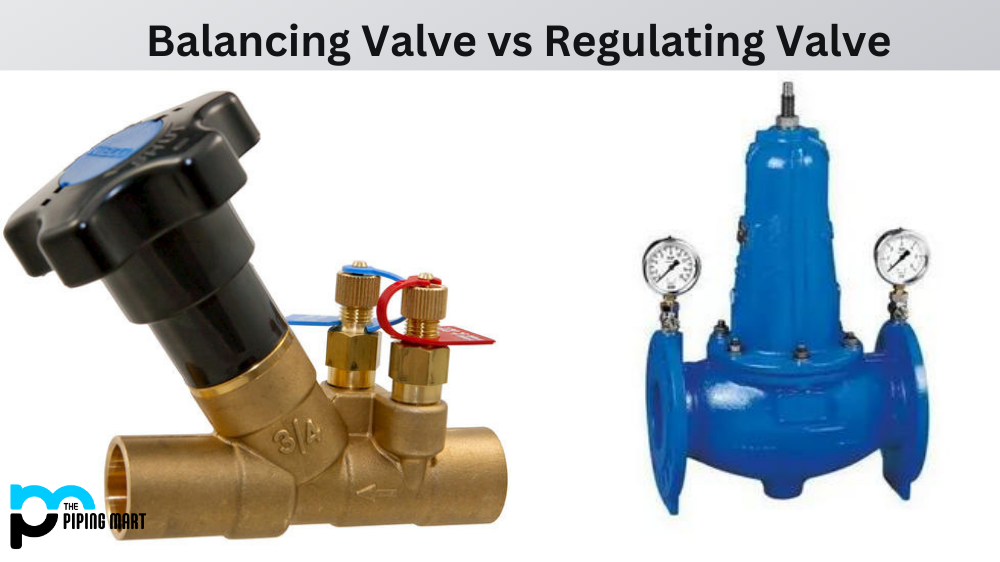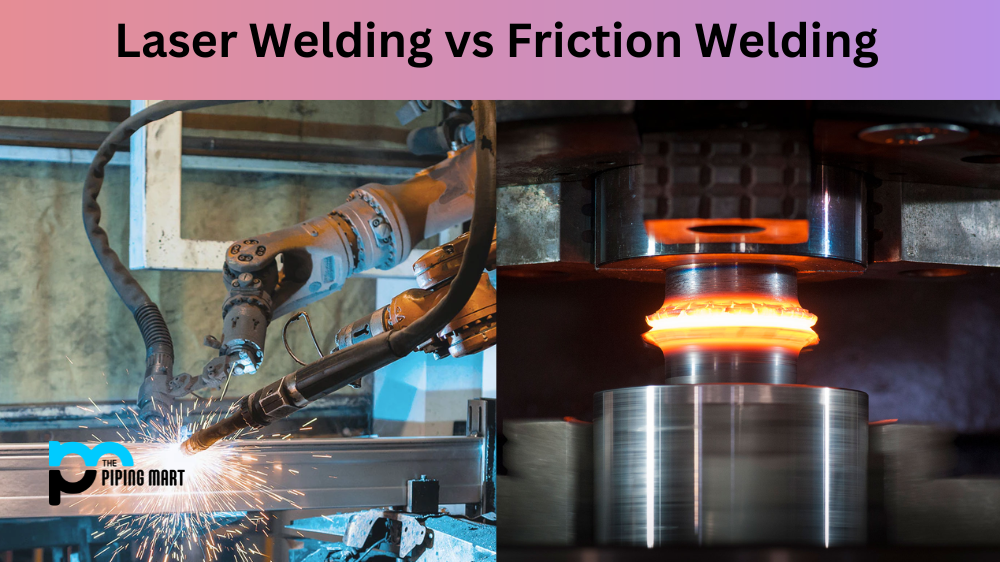What is a pipe joint?
Since a pipe network cannot have a constant length of pipe, pipe joints are a necessary component of every piping system. On the basis of durability, these joints—because of the technologies utilized to create them—can make or break a pipeline system.
Pipe joints are connections at the ends of pipes that allow pipes of different lengths to be connected to one another. Longer pipeline sections have a tendency to bend, therefore joints give the pipeline strength. Joints must be correctly connected in order to create a tight seal that will stop leaks. In the pipeline sector, several pipe materials are utilized depending on the specifications and the kinds of products that will be transported through the pipes.
Types of pipe joint
Coupler Joint – A coupler or socket is the most typical way to attach to a pipe. One end of a pipe thread is called a socket. One pipe’s thread end and the remaining portion of the socket in the other pipe both exhibit a defect halfway through. The thread at the end of each pipe is wrapped in jute or hemp to prevent leaks. In low-pressure water-carrying pipes, where size aggregates are crucial, this type of joint is typically utilized.
Nipple Joint – A nipple, a little piece of pipe, is screwed into the internally threaded end of each pipe in this joint. These joints’ reduction of the flow area is a drawback.
Union Joint – It is required to cut the pipe from one end in order to separate the pipes that connect to the socket. When the pipe is long, this can occasionally be a nuisance. By only removing a coupler nut, the union junction makes it easier to separate the pipes.
Spigot and Socket Joint – It is mostly utilized for underground pipes. One goal is to maintain the straightest possible pipes. These joints’ flexibility, which adapts to slight level variations brought on by the earth’s settlement as a result of climate and other factors, is one of their key characteristics.
Expansion Joint – The expansion joint is most frequently utilized in the piping system for steam generators or refinery heaters (means high temperature lines). The piping system’s expansion joints are the last resort since we have to exhaust all other options before using them to manage the expansion and contraction of the line (like by providing an expansion loop). They are used in tank settlement situations as well.
Hydraulic Pipe Joint – These joints have oval flanges and are secured with two bolts. In most cases, tiny pipes up to 175 mm in diameter are used with oval flanges. Usually, the pipe ends are cast integrally with the flanges. The fluid pressure carried by these joints ranges from 5 to 14 N/mm2. Hydraulic applications like riveting, pushing, lifts, etc. need such high pressure. Pumps, accumulators, intensifiers, and other hydraulic machinery are used in these installations.
Thus , the type of piping joint used for the piping system must be appropriate for the pressure-temperature conditions of that line and should be chosen by taking into account the fluid’s nature in terms of corrosion, erosion, flammability, and toxicity, as well as the joint’s tightness and mechanical strength under service conditions (including thermal expansion and contraction).

Pipingmart is B2B portal specializes in industrial, metal and piping products. Also, share latest information and news related to products, materials and different types grades to help business dealing in this industry.




